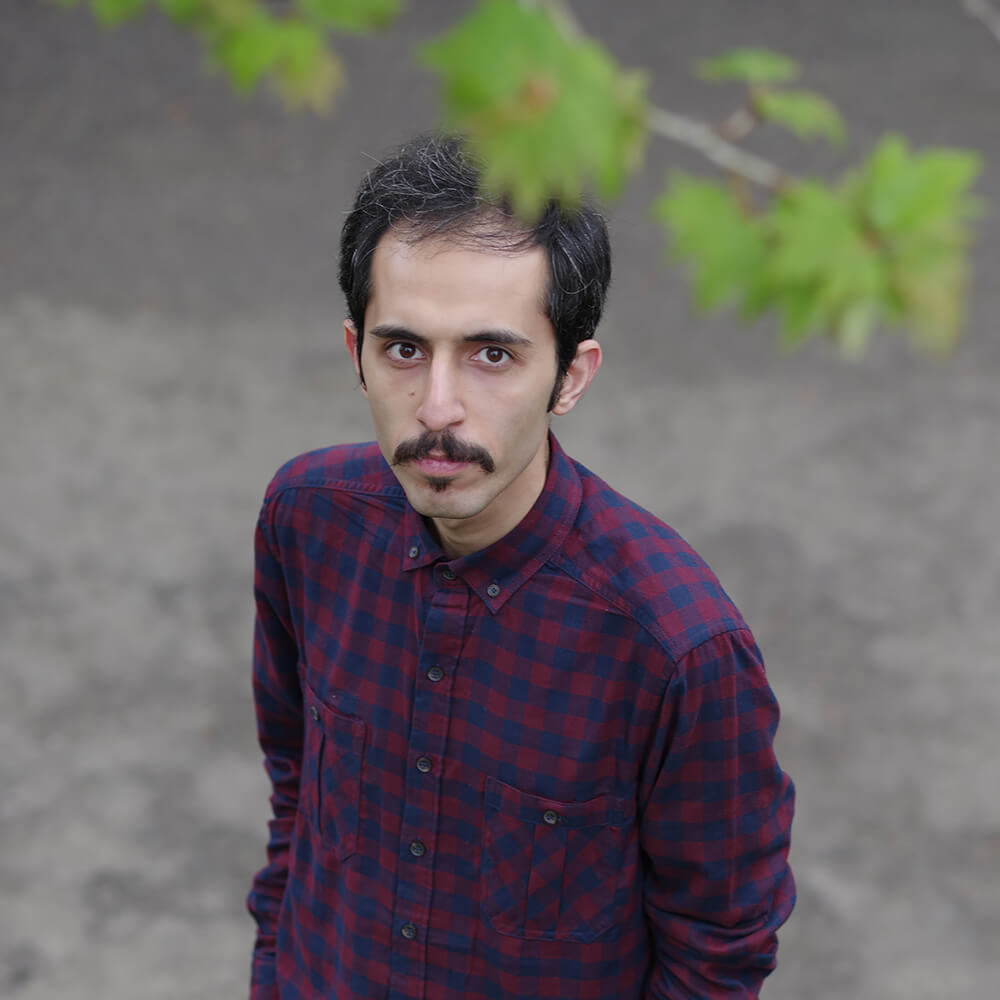Peyman Naderi is a Persian contemporary fine art and portrait photographer born in 1990. He is a self-taught photographer who started his first professional projects in the year 2013. As he began his career as a professional photographer, his first motto was to create original and creative photos through which his own perceptions of the world and art could be understood. Also, he is eager to represent a unique way of looking at various concepts in the world.
"Concept" is one of the most important parts of his photography projects, and Peyman tries to spend enough time and energy on finding the right concept. To create and discover the right idea he usually listen to classical music during his free time or at nights. Such high-quality music can inspire him and help him to concentrate on finding ways to present the world in ways that he sees. Besides, the colors that he uses in his photos create the illusion of a painting, and, hence, most people usually mistake his works as paintings.
Peyman has received several awards including Second Place In Portrait in Fine Art Photography Awards 2020, Particular Merit Mention in
All About Photo Awards 2020, Bronze in Fine Portrait and Fine Art Other in One Eyeland Photography Awards 2019, 1st Place in Conceptual in Chromatic Awards 2019, 2nd Place in Fashion in Chromatic Awards 2019, Gold In Moscow International Foto Awards 2019 in Portfolio Category, Bronze In Fine Art Photography Awards 2019 In Fine Art Category, Bronze In PX3 2019 In Fine Art - People and Also Peyman has been chosen as a 100 Great Photographers of 2018 and also Took 2nd Place In Conceptual Photo In 35Awards 2018, and also he has been Winner in ND Awards, Tokyo International Foto Awards, PX3, and International Photography Awards and V Concurso International De Fotografía 'Alicante' 2019. His work has been published in international publications including Harper's Bazaar Magazine and The Exhibition was In Ontario, 2019 CONTACT Photography Festival and Also The Last Exhibition was in France, 2019 Voies Off, Galerie Des Arènes.
Statement
My name is Peyman Naderi, and I am a contemporary Persian fine art and portrait photographer. I am a self-taught photographer who started his first professional projects in the year 2013. As I began my career as a professional photographer, my first moto was to create original and creative photos through which my own perceptions of the world and art could be understood. Also, I am eager to represent a unique way of looking to various concepts in the world.
My first experience as a subject of portrait photography was quite funny though. I remember that I was only six years old, and I was terrified by seeing various equipment and cameras. Trying to make me calmer, the photographer gave me a toy camera to play with while sitting on the chair. This memory, somehow, triggered my curiosity and interest in this art. I bought my first camera years later, in 2010, and started to take photos of my friends and family members. The more I got engaged in this art, the more I found out about my artistic talents and the passion I have for photography. I remember that I used to go to a burnt cotton factory located on the outskirt of Tehran, my hometown. Although the fire had ruined almost everything in the factory, a small hall with a high ceiling and golden walls was left intact. When I first entered this building, seeing this magnificent scenery inside a totally destroyed and abandoned building took my breath away and provoked my first fine art ideas inside me. As I started my first project, I used to go to this place every day to try different photography techniques and become master in them.
Then, I started studio photography to learn about various lighting techniques. I tried to include my own ideas and perceptions here, and manipulate the lighting based on my perceptions and concepts. Winning the silver medal in the Victor Polynsky competition for one of my photos called Oblivion, further increased my self-confidence and my persistence in photography. In the years after that, I won several awards in many competitions like Moscow International Foto Awards, Chromatic Awards, ND Awards, Tokyo International Foto Awards, PX3 and IPA, and I had my works published in various international magazines.
"Concept" is one of the most important parts of my photography projects, and I try to spend enough time and energy on finding the right concept. To create and discover the right idea I usually listen to classical music during my free time or at nights. Such high-quality music can inspire me and help me to concentrate on finding ways to present the world in ways that I see. Besides, the colors that I use in my photos create the illusion of a painting, and, hence, most people usually mistake my works as paintings.
In this project, I tried to exhibit the mind and though barriers that humans face. To fully present my idea I decided to use handmade metals and natural flowers, and then I tried to expand my idea to show both emancipation and captivity at the same time. Also, I have been attempting to display my own viewpoint in all of my works and to enable the viewer to connect with the world that I see.
I genuinely hope to create a permanent path in the art of photography inspire other talented and hardworking artists.
